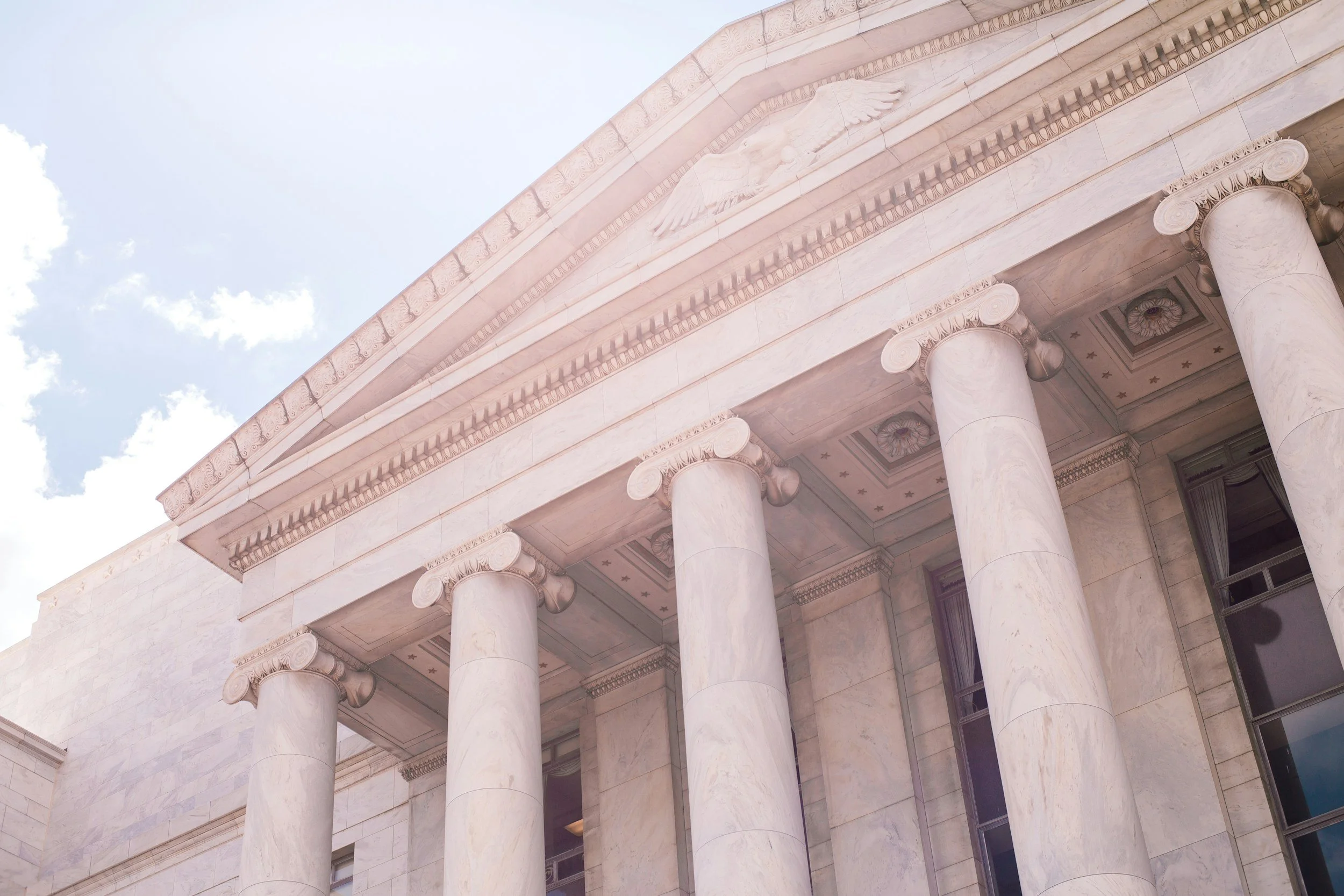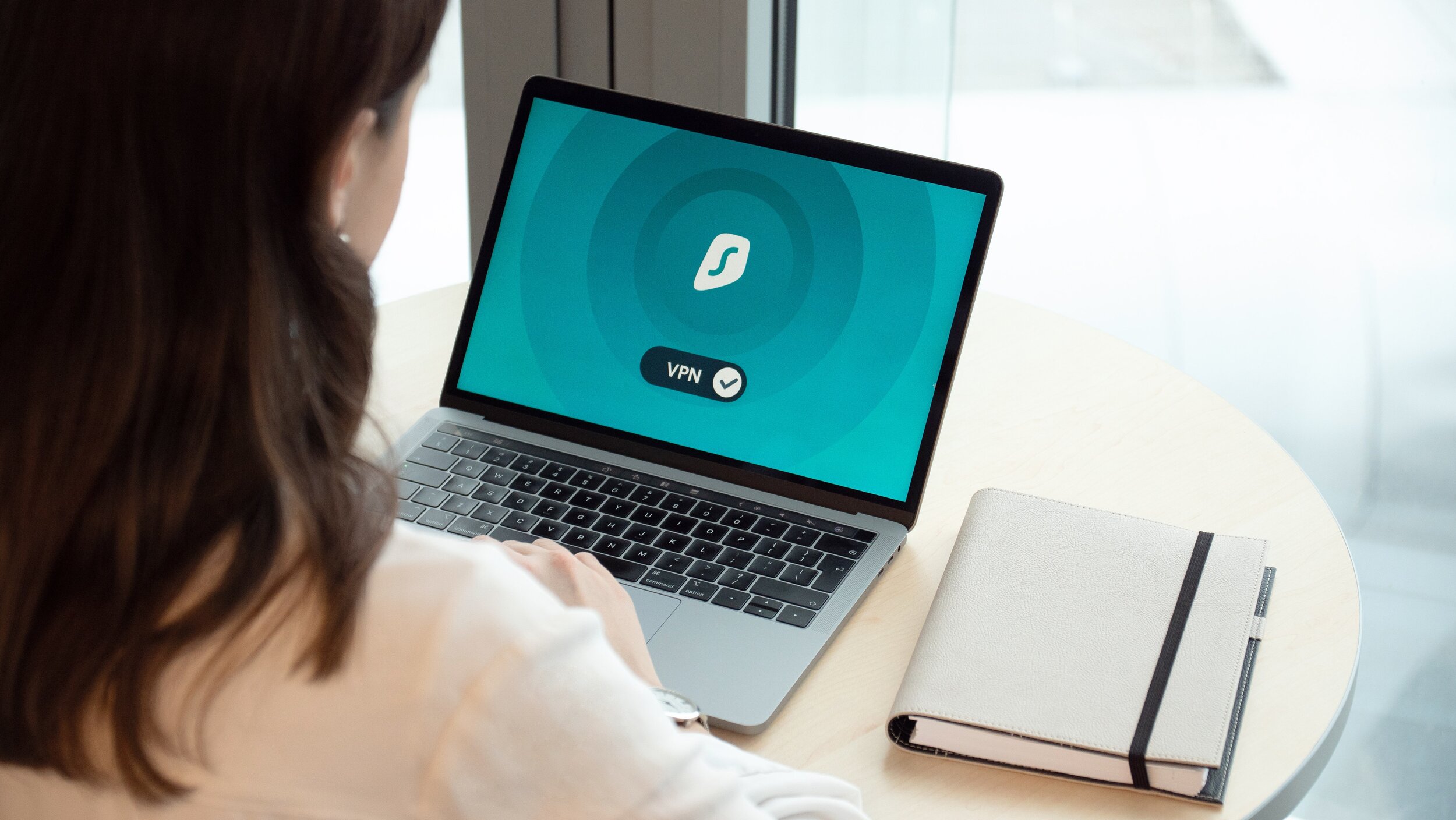Cybersecurity has been on more people’s radars because of the recently exposed SolarWinds cyberattack, which impacted customers including the United States government. In this particular case, the breach was able to go undetected for months, indicating that even institutions with the highest levels of security can fall victim. As we begin the new year, arts organizations face a timely opportunity to consider their cybersecurity measures for remote work.
Boosting Cybersecurity for Remote Work in the Arts
Remote work generally poses greater security threats to organizations than in-person work since, for example, employees use home networks and access organizational information on personal devices. Even before the Covid-19 pandemic, cybersecurity was becoming a bigger threat for smaller organizations and nonprofits. It may seem fatalistic to ask arts organizations to prepare for the worst cyberattack situation—one that might seem unlikely—but managers should think of cybersecurity as another aspect of making their organization stronger, just like ensuring patrons’ physical safety and protecting the organization’s financial health. Now that the pandemic has forced many aspects of arts organizations’ operations online, managers can use this opportunity to survey their organization’s digital landscape and potentially open the door for more remote work opportunities in normal times.
Social Distancing Strategies in the Arts: Film and TV, Part 3 of 3
As the entertainment and arts industries begin reopening, they face new challenges in light of COVID-19. Each industry is developing unique solutions to keep their audiences and staff safe. Part 3 of this series highlights the emerging trends and new protocols being implemented in the film and tv industries.
Social Distancing Strategies in the Arts: Performing Arts, Part 2 of 3
As arts institutions are in the midst of reopening plans, they are faced with new challenges as they seek to ensure the safety of their visitors, audiences, and staff in the COVID-19 era. The challenges and solutions differ depending on the industry, and whether it is a museum, performing arts institution, or film and television. Part 2 of this 3 part series explores the immerging reopening plans for the performing arts sector.
Social Distancing Strategies in the Arts: Museums, Part 1 of 3
With most major countries outside of the United States going through reopening procedures, social distancing strategies are being implemented to help stagnate or reduce the number of COVID infections. This 3 part series will highlight case studies for the Fine Arts, Theatre, Orchestra, Dance, and Movie Industries, showing measures that have been implemented or recommendations in place for each. Part 1 will focus on the museum space.
The Environment Surrounding Facial Recognition: Do the Benefits Outweigh Security Risks?
In the arts space, there has been varying responses to the potential uses and harms of facial recognition. On the positive end, artists such as Peter Shoukry have embraced how this technology can amplify an audience’s experience through interactivity with a piece. Beyond the creation of art, facial recognition has been used to aid in research. Yet, despite these projects that embrace facial recognition technology, there has been recognizable consumer backlash due to privacy worries.
Using a Crisis to Lean-In with Diversity & Inclusion
In the light of protests surrounding racial inequality and systematic racism stretching across varying U.S. industries, this lack of representation has been noted among the staff of art institutions as well. The hiring of diverse staff in the arts industry historically does not represent the breakdown of the average American audience, particularly in high-ranking roles.
5G Adoption at Your Arts Organization: Benefits and Considerations
The pandemic has advanced the discussion for a faster expansion of 5G, a new generation of the wireless network that is believed to revolutionize industries and facilitate the new remote work environment. What can the art world expect to gain from adopting this new generation of wireless network and how can it be most efficiently utilized to support the goals of each individual and organization? This research examines the potential implications and caveats of 5G adoption in the arts and cultural industry.
The Present & Future of Arts Organizations, Technology, and the Pandemic
As arts managers, we try to keep up with technology changes and upgrades. Adopting technology to support a mission and vision is critical, whether it is to serve an audience directly or make a workspace more efficient. Yet, even when the best strategies are put into place, life derails us, and even the strongest organizations are put to the test.
A Guide to Understanding Digital Network Interactions
The transition from physical to digital content is progressing unevenly in the United States, where those with advanced technology capabilities and capital are capturing a disparate share of the economic gains. Companies that are benefiting from these disparate gains in market share are also shaping the market to benefit their industry. The transition to digital content is important to understand as it is rapidly changing companies’ business models. This is particularly true for arts institutions in the post-Covid-19 era.















